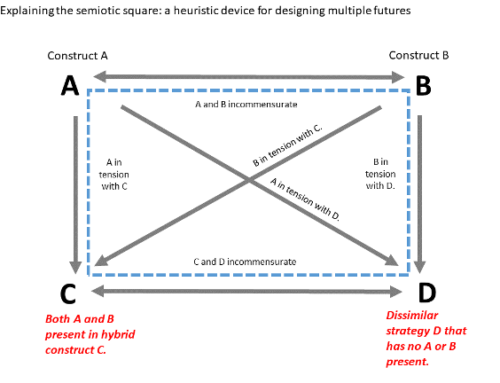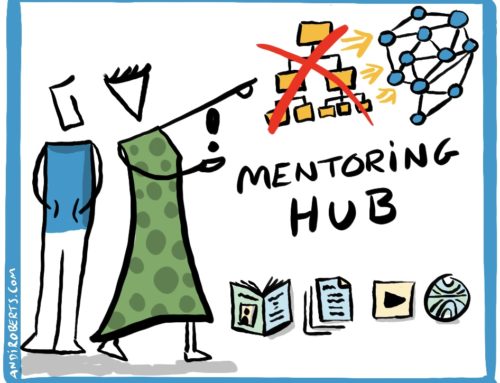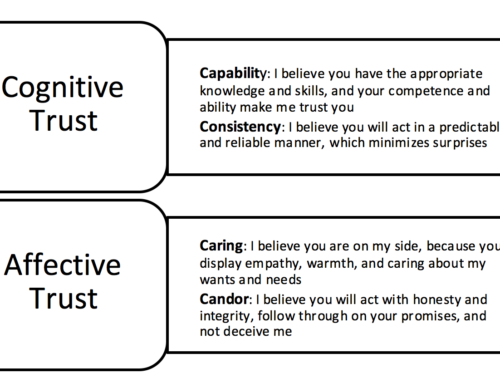The book in three sentences
Peter suggests we have outsourced control of our lives and work to “leaders” and this has created dependency through patriarchy and colonialism (which demand control, consistency and predictability), this in turn, has led to people feeling powerless to create a more engaging and useful society/organisation. The book provides a blueprint to rewire the way we work together, whether that be organisations or our broader society, so that they the engage people effectively. Stewardship thrives on the question “Who are we here to serve?” (which we need to have dialogue on) and provides examples, questions and conversation structures to create a more meaningful way of living our best lives.
Who should read it
Everybody fundamentally. Every citizen and employee has a role to play in creating a better future for themselves, their colleagues, those they care for and the broader society in general.
Top 3 quotes
“Stewardship is the choice for service. Service is a stance that relationships are critical. Relationships are built through partnership, rather than patriarchy. Partnership is built on empowerment, not dependency.”
“if you cannot say no, then your yes has no meaning”
“Empowerment embodies the belief that the answer to the latest crisis lies within each of us, and therefore we will all buckle up for adventure. Empowerment bets that people at our own level or below will know best how to organise and innovate, make a dollar, serve a customer, get it right the first time, or invent an alternate future. We know that a democracy is a political system designed not for efficiency but as a hedge against the abuse of power.”
Key takeaways
> We have separated the managing of the work from the doing of the work. We have created a class system inside our institutions. There is a management class and an employee or worker class. The management class enjoys privileges and is taught management skills. The worker class has fewer privileges and is taught operational or basic skills. This two-class system reflects the choice of self-interest over service.
> Stewardship comes from true partnership: The four key facets are: Exchange of purpose (co-define what we want), right to say no (if we cannot say no, then yes has no meaning), joint accountability (all responsible for outcomes and current situation), absolute honesty.
> We need to revisit how we run the organisation:
- Maximise the choice for those closest to the work (and the customer)Reintegrate the Managing and the doing of the Work
- Let Measurements and controls serve the core workers
- Yield on Consistency across groups, and support local solutions
- Recognise that service is at the heart of everything
- De-glorify management as title and demystify the staff functions
- Make the organisation transparent by sharing financials, KPIs & salaries
- Demand a promise (commitment from all) and make accountability a central pillar to how we work
> Reconsider the role of staff functions:
Line management should be responsible for implementing strategy, not staff groups .
Staff groups should define teams involved in the core work process as their primary customers, rather than senior leadership
The staff group’s primary function should be to transfer their expertise to the line units. Education, support, and consultation should replace policing and granting permission. In a Stewardship centric model, staff groups should bill their services to the line units on a project basis, not as an annual overhead charge.
> We need to create pay systems at every level, so that they are tied to real organisational outcomes, not supervisory perceptions. Pay should align to the product created and sold, the service delivered, the customer satisfied and returning. What we have now are pay systems based on a parent-child model, and they invite disillusionment.
> Appraisal is a process of coercion. Performance appraisals are an instrument for social control. We should ask ourselves and our peers how we perform.
> We need to be aware of three types of people:
- Cynics: We should embrace the cynics. there is truth in what they say, and they speak for each of us, as there is validity in what they say. Cynicism is disbelief, a loss of faith in the sincerity or goodwill of others.
- Victims: Victims believe that others, often us, hold the answer to their helplessness. Victims are strong believers in patriarchy; they are just angry that they are not the patriarchs.
- Bystanders enter the game by withholding commitment. They want proof that stewardship works. Commitment is a personal investment or consignment in the face of an uncertain outcome. If the outcome were a sure thing, no commitment would be required.
A stance as a choice. In place of persuasion and barter, we need to believe that faith, responsibility, and commitment are a matter of personal choice for all.
> Dialogue is the key to remodelling how we work together. Not easy, yet essential.
> Asking “how” is a defence mechanism to change. We need to shift away from “how” to more self focused questions:
- What will it take for me to claim my own freedom and create an organisation of my own choosing?
- What is it I uniquely have to offer? What do I wish to leave behind here? What is the nature of the unique service I bring to the table?
- When will I finally choose adventure and accept the fact that there is no safe path––that my underlying security comes from counting on my own actions or from some higher power, neither of which will be discovered via an engineering solution?
- Who in my work and personal life truly has my best interests at heart?
Connected readings
This book very clearly connects to “Community” (summary), which gives tooling to make stewardship a reality and also to “The answer to how is yes” which explore the core questions of what we wish to do and be. From an organisational perspective, I would also add in “The empowered manager” (summary) for leaders looking to take more of a stewardship stance in their organisation. Click HERE to buy his books from his web-store.
My quick visual notes:
Here are the notes I made as I reread the book:
Connection to my work
I personally think the philosophy of Stewardship is very sound and so bring it into my work as a coach, facilitator and executive educator. I am also am Associate of Peter’s company, Designed Learning and support the delivery of his ideas through the range of curriculum it offers.










Leave A Comment